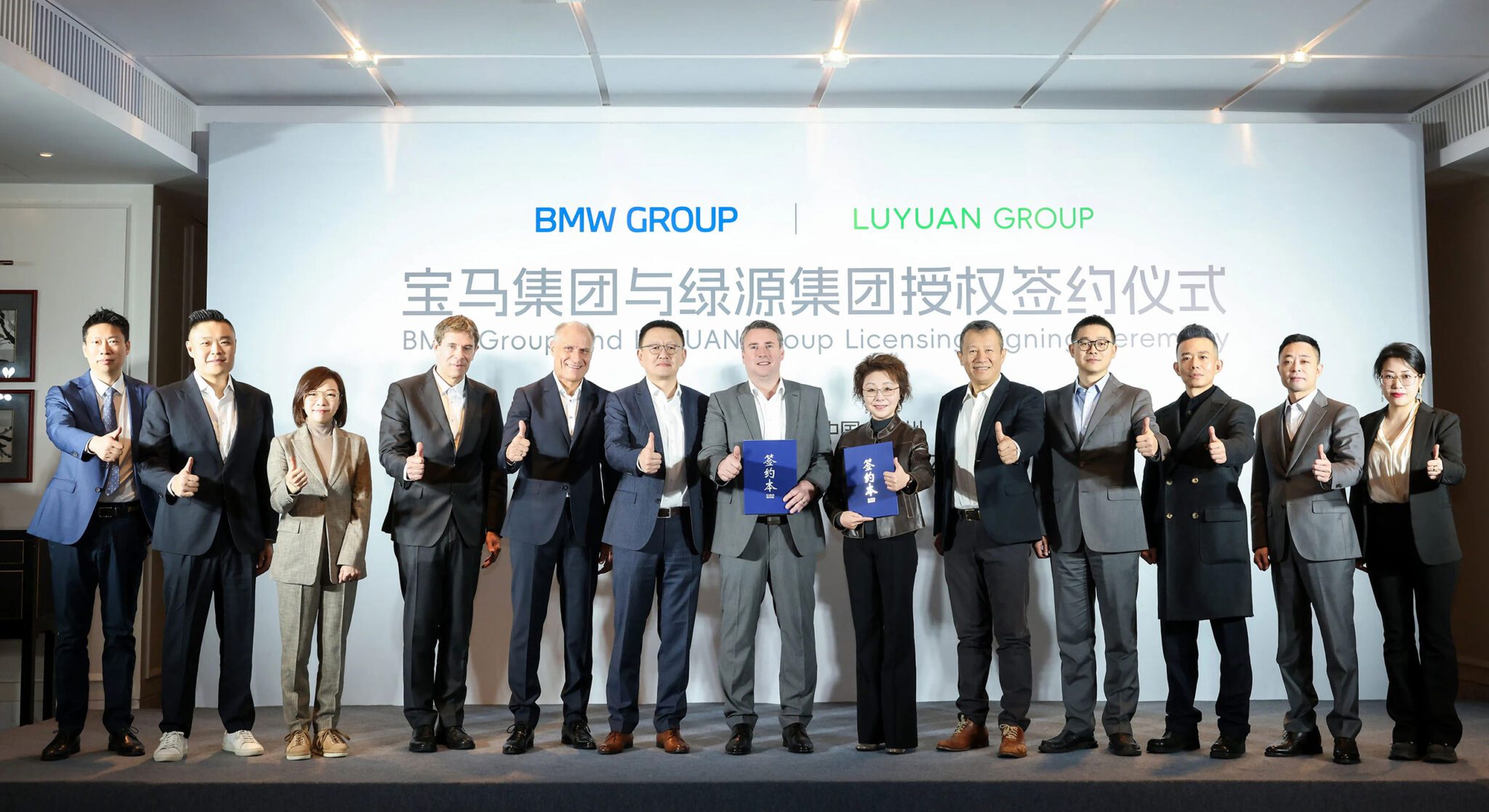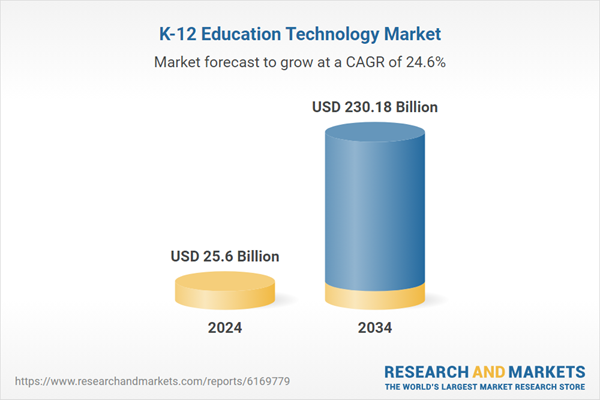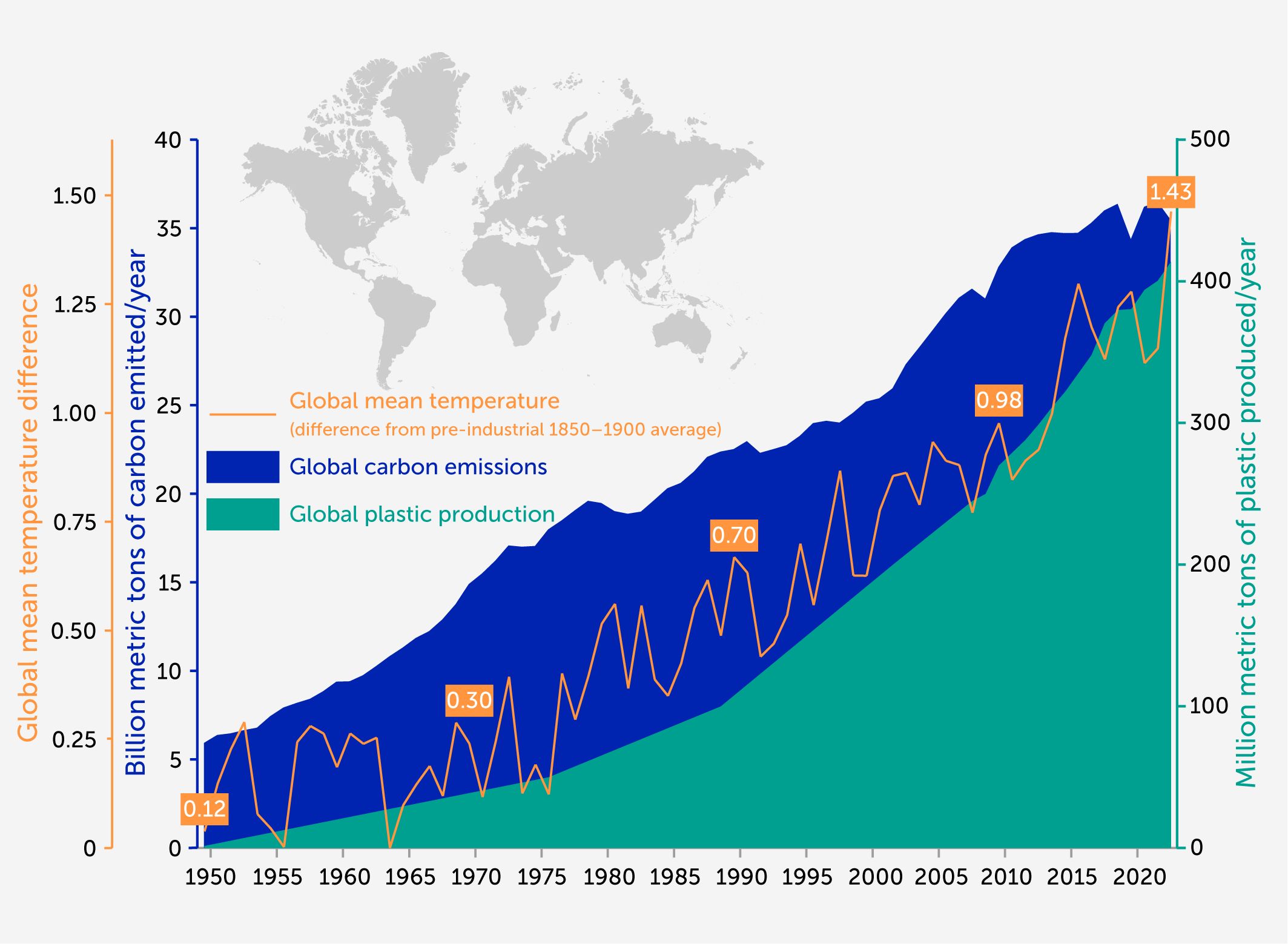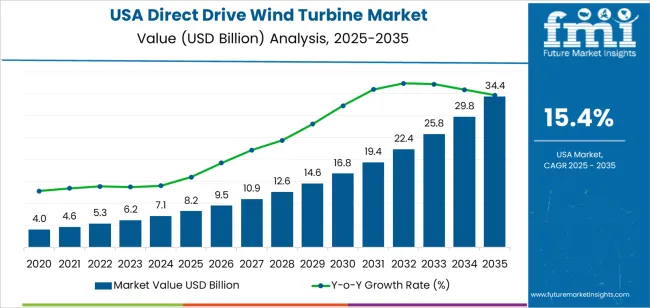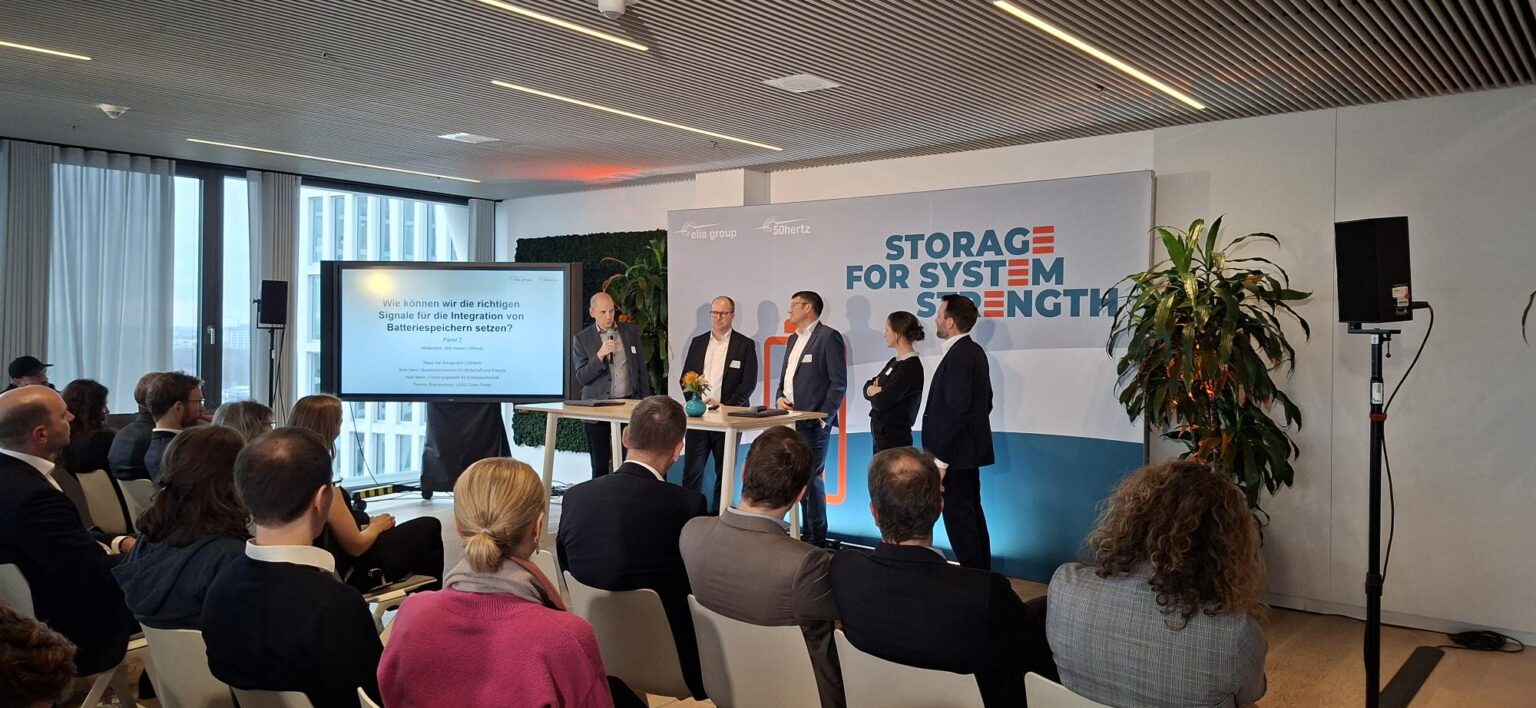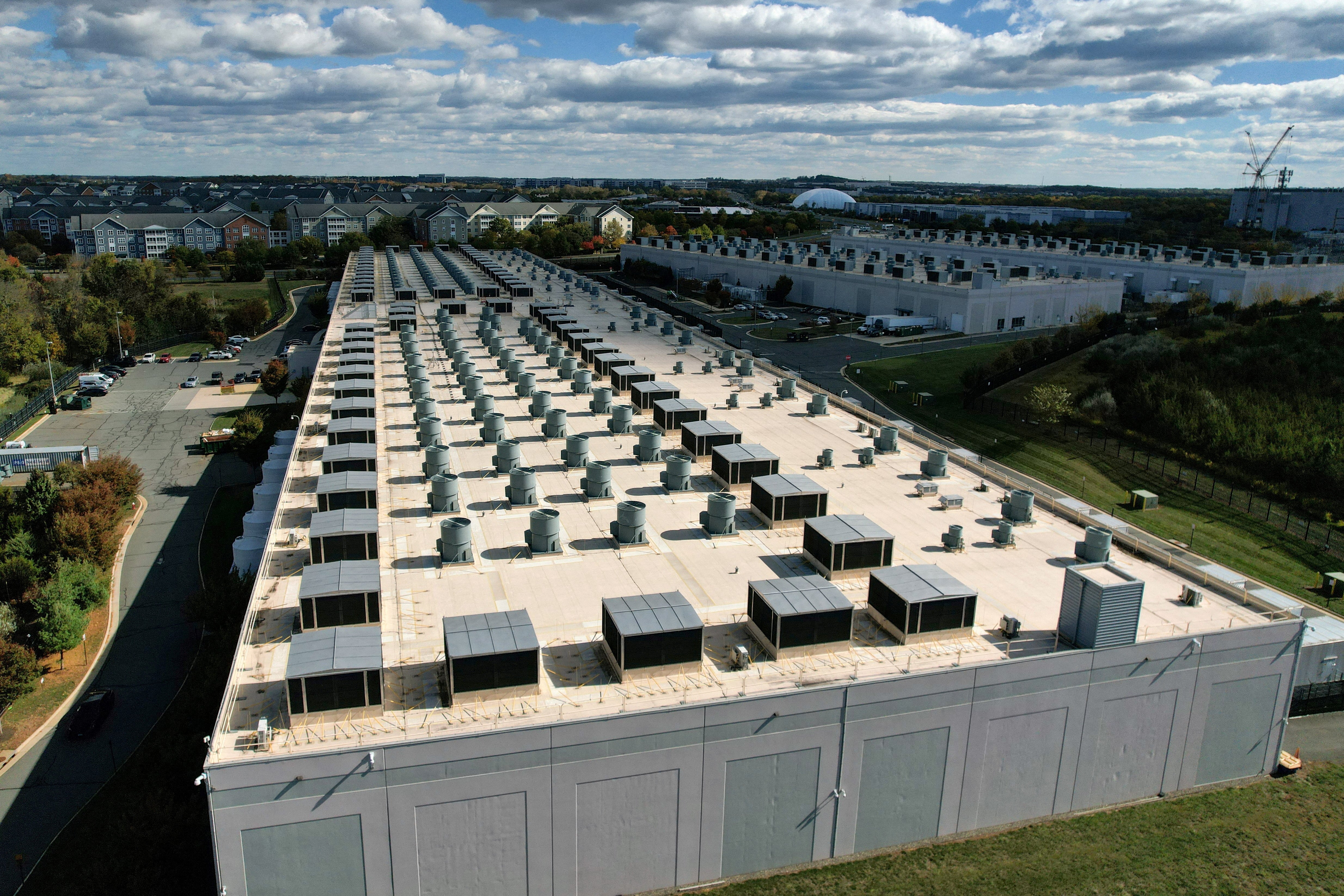How China Went From Clean Energy Copycat to Global Innovator – The New York Times

Report on China’s Innovation in Clean Energy and its Impact on Sustainable Development Goals
Executive Summary
This report details the significant transformation of China from a technology follower to a global leader in clean energy innovation. An analysis of international patent filings and research publications reveals China’s dominant position in technologies critical for the global energy transition. This ascendancy has profound implications for the achievement of the United Nations Sustainable Development Goals (SDGs), particularly SDG 7 (Affordable and Clean Energy), SDG 9 (Industry, Innovation, and Infrastructure), and SDG 13 (Climate Action). The data indicates an exponential growth in high-quality Chinese patents for renewable technologies, underscoring a strategic shift that positions the nation as a key driver in the worldwide effort to move away from fossil fuels.
Analysis of Patent and Research Trends
Exponential Growth in High-Quality Patent Filings
Data from the European Patent Office illustrates China’s rapid progress in generating internationally competitive clean energy patents, a key indicator for SDG 9. A high-quality patent is defined as an application filed in at least two countries, indicating significant investment in protecting the invention across borders.
- In 2000, Chinese applicants filed only 18 internationally competitive clean energy patents.
- By 2022, this number had surged to over 5,000.
- In 2022, China’s high-quality clean energy patent applications were more than double those of the United States.
Leadership in Clean Energy Research
China’s innovation is supported by a robust academic and research environment. According to the Australian Strategic Policy Institute, China now leads in the output of highly cited, peer-reviewed research papers in critical clean energy fields, further contributing to the knowledge base required for SDG 7 and SDG 9.
- Researchers in China author 65.5% of widely cited technical papers on battery technology.
- In comparison, researchers from the United States contribute 12% of such papers.
- China has also surged ahead in research concerning supercapacitors and hydrogen.
Sector-Specific Contributions to Sustainable Development Goals
Advancements in Battery and Electric Vehicle (EV) Technology
China’s innovations in battery technology are making substantial contributions to multiple SDGs. Companies like CATL and BYD have become global leaders by developing cheaper, safer, and more efficient batteries.
- Contribution to SDG 7 and SDG 13: By pioneering lithium-ion batteries that use inexpensive iron and phosphate, Chinese companies have made energy storage more affordable and accelerated the transition to electric vehicles, directly supporting climate action.
- Contribution to SDG 11 (Sustainable Cities and Communities): Patented breakthroughs have resulted in batteries that are lighter, longer-lasting, and faster to charge. Furthermore, award-winning safety innovations by CATL mitigate fire risks, making EVs safer for urban environments.
Dominance in Solar, Wind, and Smart Grids
China’s patent activity demonstrates clear leadership in key renewable sectors.
- Solar Power: China leads decisively in high-quality solar technology patents, continuing to increase applications while other nations’ activity has plateaued. This directly advances SDG 7.
- Wind and Smart Grids: While Europe currently maintains a lead in wind energy and smart grid patents, China is actively developing innovations in these areas, which are crucial for building the resilient infrastructure targeted by SDG 9 and SDG 11.
Strategic Drivers of Innovation
Government Policy and Investment
China’s progress is the result of deliberate, long-term strategic planning. The “Made in China 2025” program has been a primary driver, aligning industrial policy with the objectives of SDG 9.
- The program provided large, low-interest loans from state-owned funds.
- It offered assistance for acquiring foreign competitors.
- It included generous subsidies for scientific research and development.
Fostering a Competitive Domestic Environment
The government has cultivated a highly competitive domestic market, described by some economists as “economic Darwinism.” A cycle of providing and then withdrawing subsidies has forced companies to innovate rapidly, resulting in globally competitive firms that are now leaders in sustainable technology.
Global Implications for the 2030 Agenda
Global Reliance on Chinese Clean Technology
The global energy transition, which is central to achieving SDG 13, is now heavily reliant on Chinese technologies. Analysis shows that without China’s contributions, global innovation in clean energy would stagnate or even decline in recent years. This dependence highlights China’s critical role in the collective effort to combat climate change.
Challenges to Technology Transfer and Partnerships
China has recently moved to restrict the transfer of key EV battery manufacturing technologies out of the country. This policy could present challenges to SDG 17 (Partnerships for the Goals) by limiting international technological cooperation and potentially slowing the adoption of clean energy technologies in other nations.
Future Frontiers for Sustainable Innovation
The Chinese government is reportedly encouraging companies to innovate beyond established technologies and focus on nascent fields essential for a deeper decarbonization. These frontiers align with the next phase of achieving global sustainability targets.
- Carbon capture
- Smart grids
- Electrification of heavy industry
Analysis of Sustainable Development Goals in the Article
1. Which SDGs are addressed or connected to the issues highlighted in the article?
The article on China’s dominance in clean energy technology addresses several interconnected Sustainable Development Goals (SDGs). The primary focus on renewable energy, innovation, and industrial strategy creates direct links to the following goals:
- SDG 7: Affordable and Clean Energy: The core subject of the article is the development of clean energy technologies, including “solar and wind power, batteries and electric cars.” China’s innovations in these areas are presented as crucial for making the global energy transition possible, which directly supports the goal of ensuring access to clean and affordable energy for all.
- SDG 9: Industry, Innovation, and Infrastructure: This goal is central to the article’s narrative. The text extensively discusses China’s surge in “innovative designs,” the filing of high-quality patents, investment in scientific research, and strategic industrial policies like “Made in China 2025.” This highlights the country’s efforts to build resilient infrastructure, promote inclusive and sustainable industrialization, and foster innovation.
- SDG 13: Climate Action: The article explicitly connects clean energy innovation to climate action by stating that China’s contributions “will help to move the world away from fossil fuels” and that the “global energy transition… is central to efforts to limit human-driven climate change.” The development of more efficient and cheaper batteries and solar panels is a direct form of climate change mitigation.
- SDG 4: Quality Education: The article points to the foundational role of education in China’s technological rise. It mentions that Chinese leaders “paid more attention to scientific training and education” and notes the existence of “nearly 50 graduate programs focused on battery chemistry and metallurgy,” linking technological advancement to a strong educational and research environment.
- SDG 8: Decent Work and Economic Growth: The article describes how China’s strategic policies have led to the creation of globally dominant companies like BYD and CATL. This focus on building high-value industries, increasing productivity through technology, and capturing international market share relates to promoting sustained, inclusive, and sustainable economic growth.
2. What specific targets under those SDGs can be identified based on the article’s content?
Based on the details provided in the article, several specific SDG targets can be identified:
-
Under SDG 7 (Affordable and Clean Energy):
- Target 7.2: “By 2030, increase substantially the share of renewable energy in the global energy mix.” The article’s focus on innovations in solar, wind, and battery technology directly contributes to making renewable energy more efficient, affordable, and widespread, which is essential for increasing its share in the global energy mix.
- Target 7.a: “By 2030, enhance international cooperation to facilitate access to clean energy research and technology… and promote investment in energy infrastructure and clean energy technology.” The article highlights China’s role as a global leader in clean energy technology. Its innovations, such as “lighter, longer-lasting, faster to charge and cheaper to produce” batteries, become critical technologies for the global transition, even if access is managed through competitive and strategic means.
-
Under SDG 9 (Industry, Innovation, and Infrastructure):
- Target 9.5: “Enhance scientific research, upgrade the technological capabilities of industrial sectors in all countries… encouraging innovation and substantially increasing the number of research and development workers… and public and private research and development spending.” The article is a case study of this target in action. It details China’s massive increase in clean energy patents (from 18 in 2000 to over 5,000 in 2022), its growing share of “highly cited publications,” and government programs like “Made in China 2025” that provide “generous subsidies for scientific research.”
-
Under SDG 13 (Climate Action):
- Target 13.3: “Improve education, awareness-raising and human and institutional capacity on climate change mitigation…” While the article focuses on technology, the development and deployment of these clean energy solutions are a primary mechanism for climate change mitigation. The institutional capacity built by China through its research institutes and companies directly addresses this target.
-
Under SDG 4 (Quality Education):
- Target 4.4: “By 2030, substantially increase the number of youth and adults who have relevant skills, including technical and vocational skills, for employment, decent jobs and entrepreneurship.” The article’s mention of “scientific training and education” and the establishment of “nearly 50 graduate programs focused on battery chemistry and metallurgy” directly supports this target by creating a skilled workforce capable of driving innovation in a critical industry.
-
Under SDG 8 (Decent Work and Economic Growth):
- Target 8.2: “Achieve higher levels of economic productivity through diversification, technological upgrading and innovation, including through a focus on high-value added and labour-intensive sectors.” The article describes how China has successfully fostered high-value industries in clean technology, with companies like BYD and CATL achieving global leadership through “patented breakthroughs” and technological upgrading.
3. Are there any indicators mentioned or implied in the article that can be used to measure progress towards the identified targets?
Yes, the article is rich with both explicit and implied indicators that can be used to measure progress towards the identified targets.
-
For SDG 9 (Target 9.5):
- Number of patent applications: The article uses this as a primary indicator of innovation. It provides concrete data: “In 2000, Chinese applicants filed 18 clean energy patents… In 2022, Chinese applicants filed more than 5,000.” This directly measures inventive activity.
- Proportion of high-quality patents: The article introduces a specific metric for quality, defining a high-quality patent as one “filed in two or more countries.” It notes that “a growing proportion are of higher quality,” which serves as an indicator of the significance and commercial intent of the innovations.
- Share of highly cited research papers: This is used as an indicator of research quality and global influence. The article states that “65.5 percent of widely cited technical papers on battery technology come from researchers in China,” providing a clear metric for research dominance.
- Investment in research and development (R&D): While not providing a specific monetary value, the article strongly implies massive investment through policies that provide “large, low-interest loans… and generous subsidies for scientific research.” This serves as a qualitative indicator of R&D spending.
-
For SDG 4 (Target 4.4):
- Number of specialized higher education programs: The mention of “nearly 50 graduate programs focused on battery chemistry and metallurgy” is a direct, quantifiable indicator of the development of specialized technical skills in the workforce.
-
For SDG 7 (Target 7.2) and SDG 8 (Target 8.2):
- Global market share of clean energy technologies: The article implies this indicator by stating that “BYD… recently surpassed Tesla as the world’s largest manufacturer of electric cars, and CATL… produces the most batteries.” Market share is a key indicator of both economic productivity and the successful deployment of renewable energy technologies.
SDGs, Targets, and Indicators Summary
| SDGs | Targets | Indicators Identified in the Article |
|---|---|---|
| SDG 7: Affordable and Clean Energy | 7.2: Increase the share of renewable energy. 7.a: Facilitate access to clean energy research and technology. |
|
| SDG 9: Industry, Innovation, and Infrastructure | 9.5: Enhance scientific research and upgrade technological capabilities. |
|
| SDG 13: Climate Action | 13.3: Improve education and institutional capacity on climate change mitigation. |
|
| SDG 4: Quality Education | 4.4: Increase the number of people with relevant technical skills. |
|
| SDG 8: Decent Work and Economic Growth | 8.2: Achieve higher levels of economic productivity through technological upgrading and innovation. |
|
Source: nytimes.com

What is Your Reaction?
 Like
0
Like
0
 Dislike
0
Dislike
0
 Love
0
Love
0
 Funny
0
Funny
0
 Angry
0
Angry
0
 Sad
0
Sad
0
 Wow
0
Wow
0

